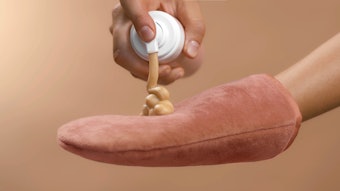
This content is adapted from an article on www.sciencedaily.com, December 17, 2014.
Airline pilots can be exposed to the same amount of UVA radiation as that from a tanning bed session because airplane windshields do not completely block UVA radiation, according to a research letter published online by JAMA Dermatology.
Airplane windshields are commonly made of polycarbonate plastic or multilayer composite glass. UVA radiation can cause DNA damage in cells and its role in melanoma is well known, according to the article.
Author Martina Sanlorenzo, MD, of the University of California, San Francisco, and co-authors measured the amount of UV radiation in airplane cockpits during flights and compared them with measurements taken in tanning beds. The cockpit radiation was measured in the pilot seat of a general aviation turboprop airplane through the acrylic plastic windshield at ground level and at various heights above sea level. Sun exposures were measured in San Jose, California, and in Las Vegas around midday in April.
The findings show pilots flying for 56.6 minutes at 30,000 feet get the same amount of radiation as that from a 20-minute tanning bed session. The authors suggest the levels could be higher when pilots are flying over thick clouds and snow fields, which can reflect UV radiation.
"Airplane windshields do not completely block UVA radiation and therefore are not enough to protect pilots. UVA transmission inside airplanes can play a role in pilots' increased risk of melanoma ... We strongly recommend the use of sunscreens and periodical skin checks for pilots and cabin crew," the authors conclude.










